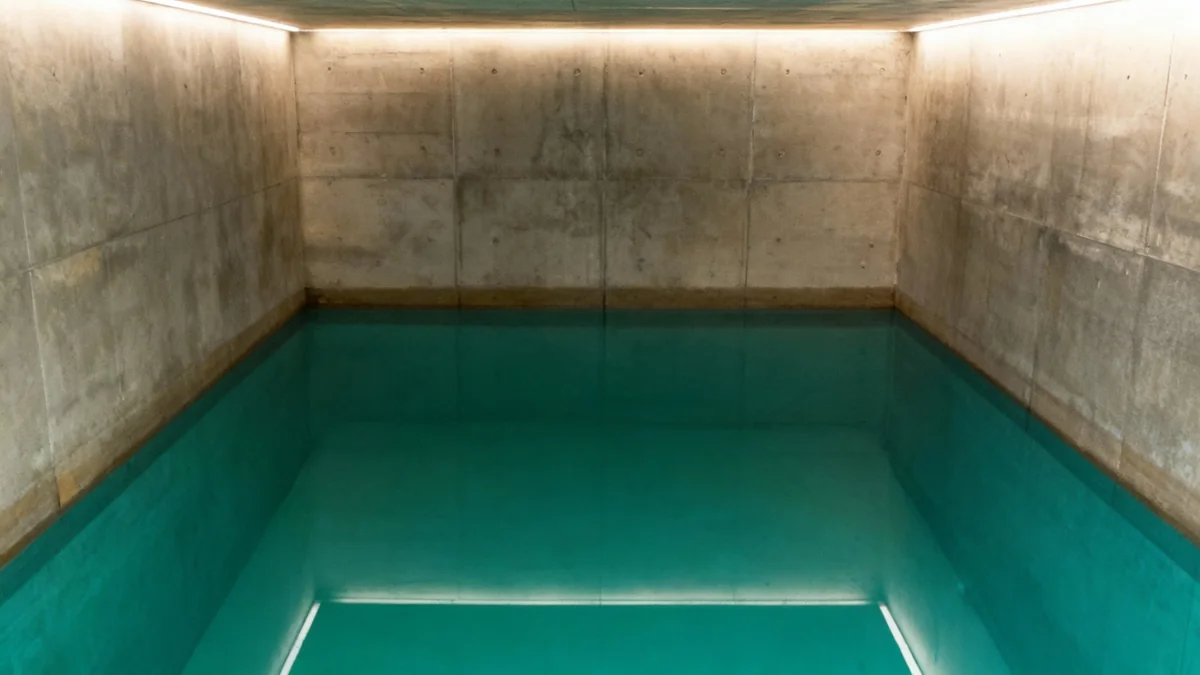Switzerland faces a growing housing shortage, characterized by high rents and long commute times. Dr. Sibylle Wälty, a leading spatial development researcher from ETH Zurich, proposes a solution centered on creating more compact, livable urban areas. Her vision focuses on developing '10-minute neighborhoods' where residents can access daily necessities within a short walk.
Key Takeaways
- Swiss housing shortage is driven by increased space consumption and conversion of residential areas to offices.
- Dr. Sibylle Wälty advocates for '10-minute neighborhoods' to reduce commutes and stabilize rents.
- These neighborhoods require a minimum of 15,000 residents and a job for every two inhabitants within a 500-meter radius.
- Studies show such areas can cut car journeys by two-thirds.
- Bern and 18 other municipalities in Canton Bern have potential for this development model.
Understanding the Housing Shortage
The current housing crisis in Switzerland stems from two main factors, according to Dr. Wälty. First, people are using more living space because they can afford it. For example, two people might live in a four-room apartment. This trend reduces the overall availability of housing units.
Second, residential space has been lost due to its conversion into office buildings. In Bern, for instance, the number of workplaces has doubled over the past 60 years. However, the city's population has remained stagnant during the same period. This imbalance creates a significant demand for housing that is not being met.
Fact: Bern's Workplace Growth
The number of jobs in Bern has doubled in the last six decades, while the resident population has not increased.
The 10-Minute Neighborhood Concept
Dr. Wälty suggests a strategy known as '10-minute neighborhoods' to tackle urban density issues. In these areas, residents would have access to most daily needs within a ten-minute walk. This includes their home, workplace, essential services, and public transport connections. This model aims to create self-sufficient and vibrant local communities.
For a neighborhood to qualify, it needs a population density where at least 15,000 people live within a 500-meter radius. Additionally, there should be one job for every two residents. Dr. Wälty, an ETH lecturer, also advises real estate and planning sectors through her spin-off, Resilientsy. She lives in a small apartment in Baden, Canton Aargau, with her family.
"Many people want to live in central locations and therefore in smaller apartments," says Dr. Wälty. "The demand for these centrally located apartments is very high."
Benefits of Compact Living
The concept of 10-minute neighborhoods offers several advantages. One key benefit is the reduction in car usage. Studies indicate that in such neighborhoods, people are twice as likely to walk to their destinations. This leads to a significant reduction in car journeys by two-thirds. Less car traffic means less congestion and lower environmental pollution.
Furthermore, these neighborhoods promote a higher quality of life. With amenities like cafes and parks nearby, residents can easily meet friends and enjoy their leisure time without traveling far. This fosters a sense of community and provides convenience, offsetting the perception of reduced living space.
Background: Spatial Planning Law
Ten years ago, Switzerland voted on a new spatial planning law. This law prioritized internal development over external expansion. This means focusing on optimizing existing urban areas rather than building new settlements on undeveloped land. The 10-minute neighborhood concept aligns directly with this legal framework.
Addressing Common Concerns
Perception of Reduced Space
Some people worry that increased density means less living space per person. Dr. Wälty points out that living space per person is already lower in urban centers. In periphery areas, it is about 60 square meters per person. In denser areas, it averages 35 to 40 square meters per person. She argues that many people are willing to trade some space for the benefits of central living.
The idea is not about simply having less space. It is about having more proximity to everything that makes daily life attractive. This includes shops, services, and green spaces. The trade-off is often seen as worthwhile by those seeking an urban lifestyle.
Potential for Conflicts
Another concern is the potential for more conflicts when people live closely together. Dr. Wälty states there is no evidence that existing 10-minute neighborhoods, like the Breitenrain district in Bern, have higher conflict rates than other areas. In fact, compact neighborhoods often have less car traffic, which can lead to a quieter environment.
While people might hear more noise from neighbors, they also avoid the stresses of daily commutes and crowded public transport. The overall quality of life can improve when essential services are easily accessible.
Making Dense Living Enjoyable
For people to feel comfortable in a densely populated area, certain elements are crucial. Dr. Wälty highlights the importance of publicly accessible parks and green spaces. These areas provide safe places for people to relax, socialize, and encounter others. They serve as vital communal hubs in compact environments.
When discussing urban design, Dr. Wälty clarifies that density does not necessarily mean building skyscrapers. She uses the Breitenrain example again, noting that four- to five-story buildings are often enough to achieve the desired density. The focus is on smart design and efficient use of space, not just height.
- Public Green Spaces: Essential for community interaction and relaxation.
- Safe Environments: Areas where residents feel secure to gather.
- Community Hubs: Places that encourage social connections.
Rural Areas and Future Development
The 10-minute neighborhood model is primarily for urban and semi-urban areas. It is not suitable for purely rural settings. In Canton Bern, for example, many rural communities lack the compactness needed for this model. Dr. Wälty advises against more people moving into very small, isolated places.
Beyond Bern city, 18 other municipalities in Canton Bern show potential for developing 10-minute neighborhoods. This possibility should be explored during the next review of land use planning regulations. This would help guide development towards more sustainable and efficient models.
The Dream of Homeownership
Despite the push for internal development, many people still dream of owning a detached house in the countryside. Dr. Wälty acknowledges this but points to the national vote for more internal development. She argues that cities cannot simply maintain the status quo, even in historic areas.
For example, the Bern Old Town, a UNESCO World Heritage site, was once a 10-minute neighborhood. It used to have more residential units. While she does not advocate for expanding or adding floors to the Old Town, she highlights its proximity to the train station. This central location sees new commercial and office buildings, but not enough new housing.
Dr. Wälty's Personal Experience
Dr. Wälty practices what she preaches. She lives in a small apartment in Baden, sharing about 75 square meters with two other people. Her home lacks a lift and a balcony. She does not see this as a restriction.
"I am not restricting myself," she explains. "Many things simply work well. And because we have lived in the apartment for a long time, it is also affordable." This personal choice underscores her belief in the benefits of compact, well-located living.
An exhibition on '10-Minute Neighborhoods' is scheduled from November 3 to 17 at Waisenhausplatz by the Meret-Oppenheim fountain in Bern. A guided walk will take place on November 8 at 2 PM, starting from the fountain. A panel discussion will be held on November 11 at 7 PM in Progr, Bern.




